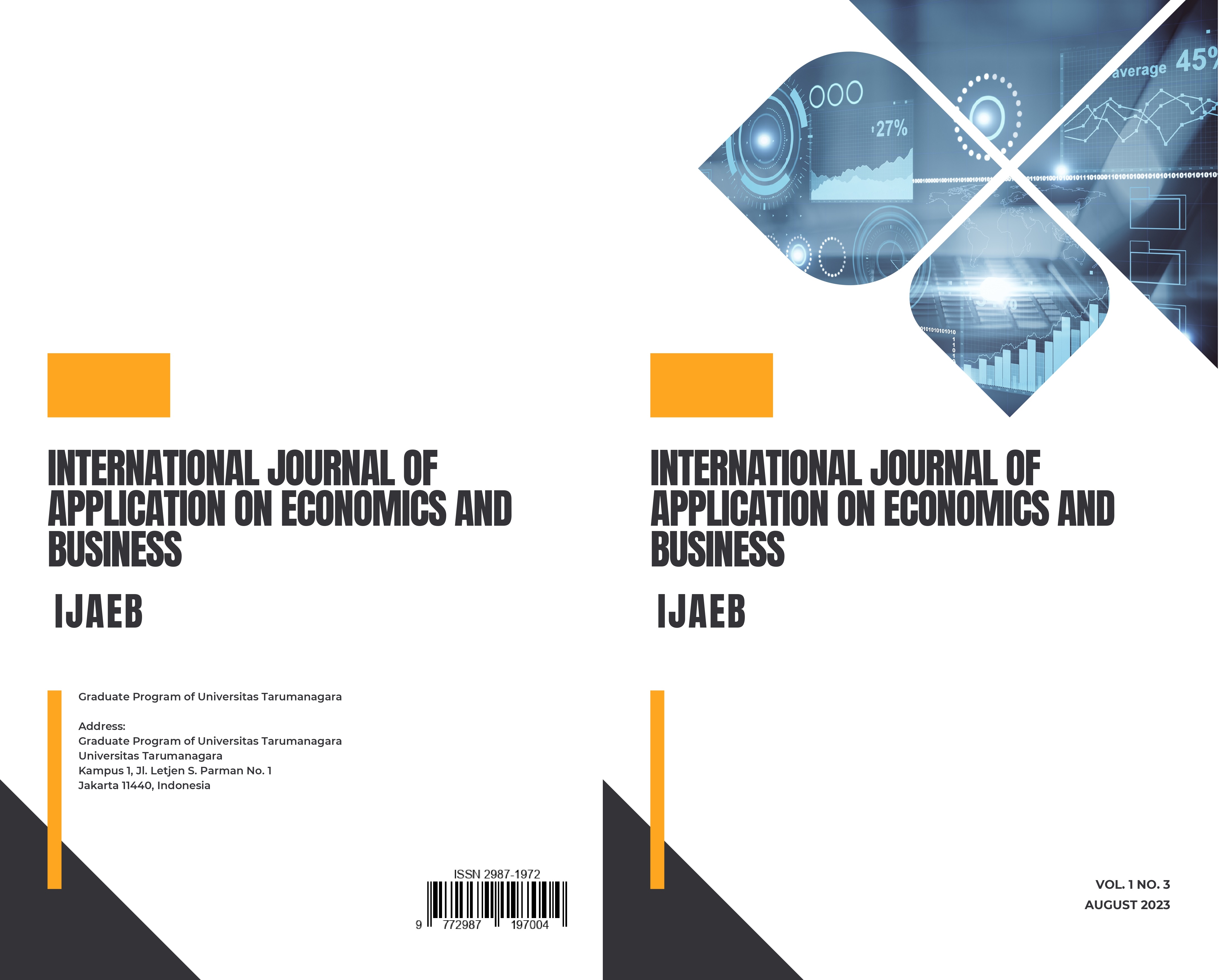THE IMPACT OF BRAND REPUTATION AND MARKETING TOOLS ON PURCHASING INTENTIONS -CARE PRODUCTS AS AN EXAMPLE
Main Article Content
Abstract
With air pollution, many dirty particles easily adhere to people's skin, through the function of body care products to complete the daily maintenance work. There are too many body care products on the market, consumers will not buy because of the relationship of brand reputation when purchasing. In addition, counters use different promotional tools to attract consumers to buy, such as providing independent or open skin care and beauty spaces. Will consumers purchase the home's products due to the skin care and beauty services offered by the skin care and beauty space? Therefore, this study uses 2×2 experimental design to analyse the brand reputation of counter body care products and the impact of whether there is an additional skin care and beauty space on consumers' purchase intentions. The results of this study show that consumers will choose high-profile brands to buy skin care products. Moreover, this study confirms that skin care and beauty space settings have an impact on purchase intentions. Therefore, this study suggests that operators can increase brand reputation and provide skin care and beauty spaces to stimulate consumer's willingness to buy.
Article Details

This work is licensed under a Creative Commons Attribution-NonCommercial-ShareAlike 4.0 International License.
This journal provides immediate open access to its content on the principle that making research freely available to the public supports a greater global exchange of knowledge.
IJAEB by Graduate Program of Universitas Tarumanagara is licensed under a Creative Commons Attribution-NonCommercial-ShareAlike 4.0 International License.. Permissions beyond the scope of this license may be available at https://journal.untar.ac.id/index.php/ijaeb
References
Hui-Lung Lee (2014). The Effect of Brand Image, Brand Awareness, Brand Identity, and Perceived Risk on Consumers’ Purchase Intention - A Case Study of Travel Agent in Penghu. Unpublished Master Thesis of National Penhu University of Science and Technology, Taiwan (in Chinese).
Chih-Hui Hsiao & Chin-Fa Tsai (2008). The Effects of Brand Awareness and Price Labeling of Travel Websites on Purchase Intention of the Package Tour Provided on the Internet. Journal of Tourism and Leisure Studies, 14(1), 83 – 107. Taiwan (in Chinese).
Rossiter, J. R., & Percy, L. (1987). Advertising and promotion management. McGraw-Hill Book Company.
Luo, L., Kannan, P. K., & Ratchford, B. T. (2008). Incorporating subjective characteristics in product design and evaluations. Journal of Marketing Research, 45(2), 182-194
Aaker, D. A. (1973). Toward a normative model of promotional decision making. Management Science, 19(6), 593-603.
Chandon, P., Wansink, B., & Laurent, G. (2000). A benefit congruency framework of sales promotion effectiveness. Journal of Marketing, 64(4), 65-81.
Kotler, Philip (2006). Marketing Management: Analysis, Planning, Implementation and Control (12th ed.). Englewood Cliffs: Prentice Hall Inc.
Shimp, Terence A. T. A. (1993). Promotion Management and Marketing Communications. Chicago, IL: Dryden Press.
Schmitt, B. (1999). Experiential marketing. Journal of Marketing Management, 15(1-3), 53-6.
Feng-Ying Huang (2011). Experiential Marketing, Experiential Value and Customer Behavioral Intention - An example of the SPA industry. Unpublished Master Thesis of Department of International Business Administration, Chinese Culture University, Taiwan (in Chinese)
Keller, K. L. (1993). Conceptualizing, measuring, and managing customer-based brand equity. Journal of Marketing, 57(1), 1-22.
Sanrenxing (2020). Questions and Answers: How many levels are there in brand awareness itself? from Great Daily (internet) https://twgreatdaily.com/_kdFpHQBLq-Ct6CZ7twk.html Taiwan (in Chinese).
Lin, Chia-Chieh (2020). A Study on the Relations among Word of Mouth, Brand Awareness, Purchase Intention, Customer Loyalty: A Case of Taiyen. Unpublished Master Thesis of Kun Shan University, Taiwan (in Chinese).
Huang, Jui-Hsiung (2017). The Study on Relationship between a Platform for Business Digital Learning, Brand Awareness, Customers Satisfaction and Consumers` Purchasing intentions-as Applied to T Company. Unpublished Master Thesis of National Kaohsiung University of Science and Technology, Taiwan (in Chinese).
Chang, Chia-Ling (2017). The Relationship among Brand Awareness, Promotion Type & Service Quality to Perceived Value & Purchase Intention - The Case Study of Famous Department Stores. Unpublished Master Thesis of Takming University of Science and Technology, Taiwan (in Chinese).



